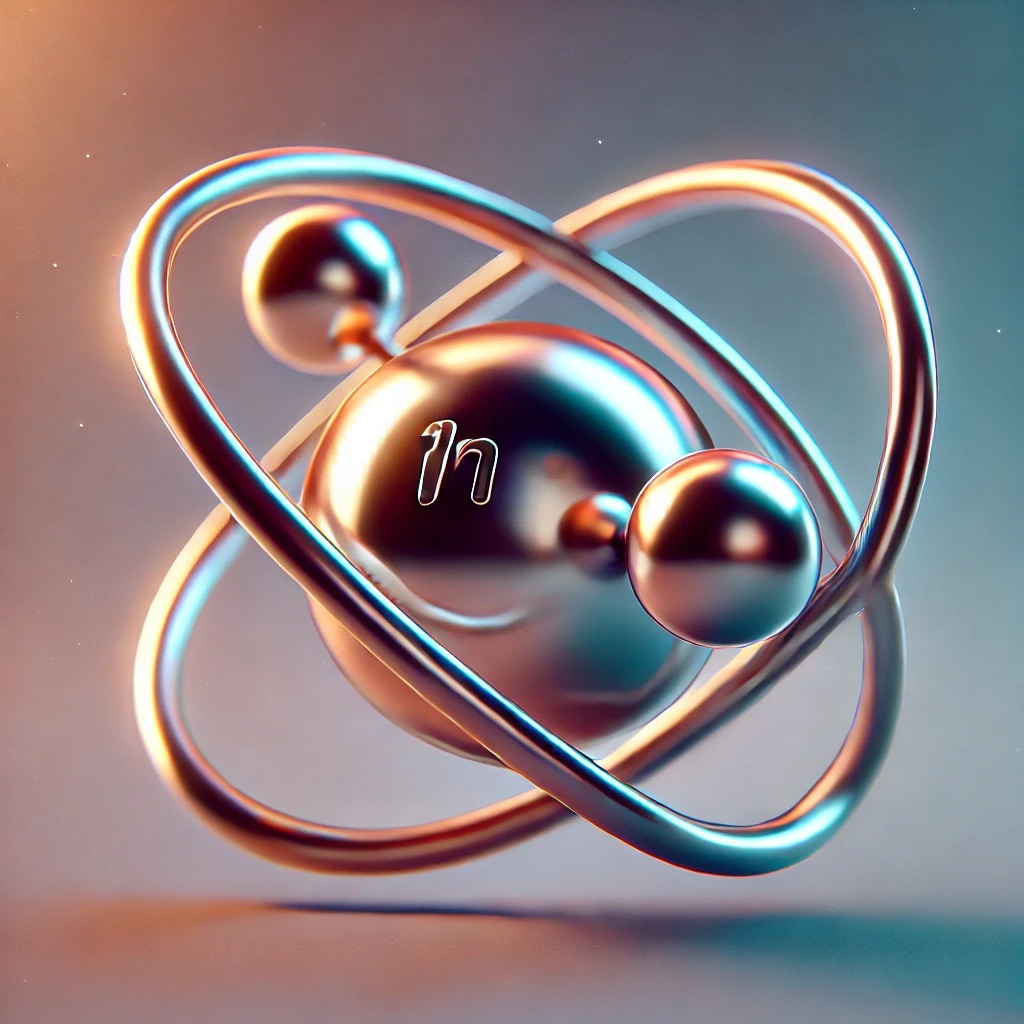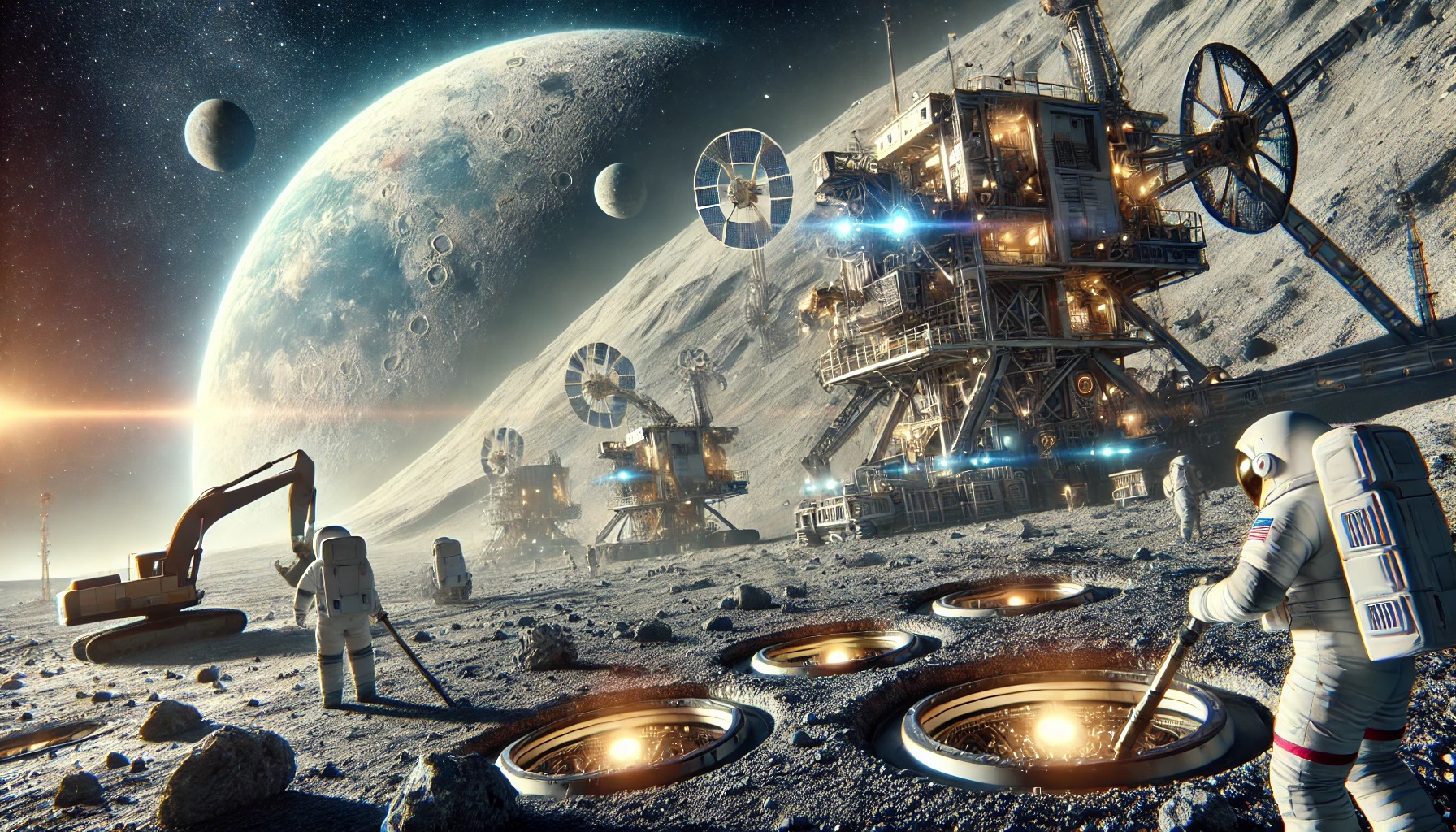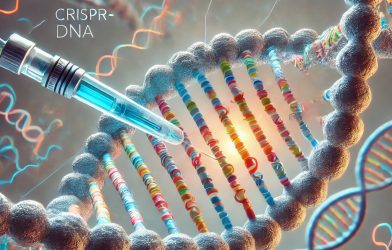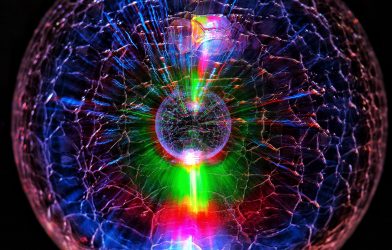Helium-3 (³He) is a rare isotope of helium, distinct from the more common helium-4 (⁴He) found in balloons and used in cryogenics. It is of significant scientific interest due to its unique properties and potential applications, particularly in the fields of energy and space exploration.
Helium-3 was first identified in 1939 by the Australian physicist Mark Oliphant. His work at the University of Birmingham in the United Kingdom led to the discovery of this rare isotope. Oliphant’s discovery opened up new avenues in nuclear physics and fusion research, laying the groundwork for our current understanding and potential uses of helium-3.
What is Helium-3?
Helium-3 is a light, non-radioactive isotope of helium with two protons and one neutron, compared to the two neutrons found in helium-4. Its rarity on Earth is due to its limited natural production and escape from the atmosphere into space. However, it is more abundant on the Moon, captured in the lunar soil by the solar wind. On Earth, helium-3 is primarily a byproduct of tritium decay, a radioactive hydrogen isotope used in nuclear weapons and fusion research. It is also found in trace amounts within natural gas deposits. However, the most promising source of helium-3 is the Moon, where it is embedded in the lunar regolith.
Applications of Helium-3
Helium-3 has potential uses across various fields, from medicine to energy and national security. One of the most exciting applications of helium-3 is its potential use in nuclear fusion. Fusion reactions involving helium-3 and deuterium (another hydrogen isotope) produce energy without the significant radioactive byproducts typical of other fusion reactions. This could lead to cleaner and safer nuclear power. Helium-3 fusion has been a long-sought goal because it produces a high-energy yield and significantly less radioactive waste. While the technology to achieve practical helium-3 fusion is still under development, its potential could revolutionize the energy sector by providing a virtually limitless and clean energy source.

In medicine, helium-3 is used in magnetic resonance imaging (MRI) to enhance imaging quality. Hyperpolarized helium-3 gas can be inhaled by patients to produce high-resolution images of the lungs, aiding in the diagnosis and study of respiratory conditions such as chronic obstructive pulmonary disease (COPD) and asthma.
Helium-3 is also a valuable component in neutron detectors, which are essential for security and scientific applications. Neutron detectors using helium-3 are employed at border security checkpoints to detect illicit nuclear materials, as neutrons are a telltale sign of such materials.
In cryogenics, helium-3 is used in dilution refrigerators, which achieve temperatures close to absolute zero. These extremely low temperatures are necessary for various experiments in condensed matter physics and quantum computing.
The Moon’s abundance of helium-3 has spurred interest in lunar mining. As space agencies and private companies aim to establish a sustainable human presence on the Moon, the extraction of helium-3 could not only support lunar operations but also be transported back to Earth to fuel future fusion reactors.














